Are you tired of feeling overwhelmed and stressed in your classroom? Do you dream of creating a calm and focused learning environment for your students? Look no further! In this article, we will explore the transformative power of implementing classroom procedures and how they can revolutionize your teaching experience.

From chaotic and disorganized classrooms, we will guide you towards creating a structured and calm atmosphere that promotes effective learning. Discover the benefits of having clear expectations and routines in place, not only for your students but for yourself as well. Say goodbye to the constant interruptions and distractions, and hello to a peaceful and productive classroom. Join us on this journey from chaos to calm, and unlock the secret to a more fulfilling and successful teaching experience.
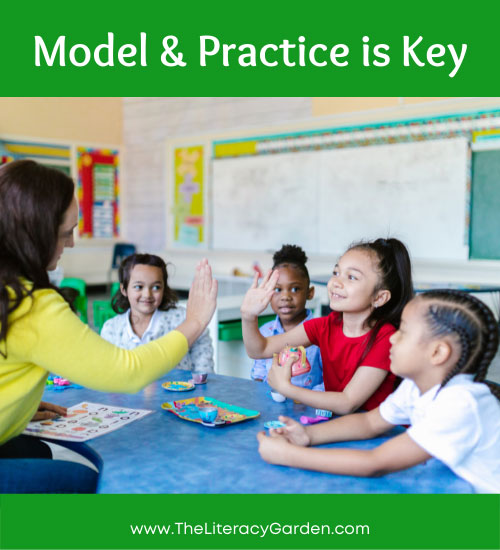
The Importance of Classroom Procedures
Effective classroom management is crucial for creating a positive learning environment. Classroom procedures are the foundation of this management. They are a set of guidelines and routines that help establish order and structure in the classroom. By implementing these procedures, you can minimize disruptions, maximize instructional time, and foster a sense of community among your students.
Having clearly defined classroom procedures is essential for establishing expectations and setting boundaries. Students thrive in an environment where they know what is expected of them. Classroom procedures provide a framework for behavior, ensuring that students are aware of the rules and expectations that guide their actions within the classroom.
Furthermore, classroom procedures help create a sense of predictability and consistency. Students feel secure and are better able to focus on learning when they know what to expect. By implementing procedures such as entering the classroom, transitioning between activities, and participating in class discussions, teachers can establish a routine that allows students to feel comfortable and confident in their learning environment.
The Benefits of Implementing Classroom Procedures
Implementing classroom procedures offers a multitude of benefits for both teachers and students. Let’s explore some of the key advantages that come with incorporating procedures into your teaching practice.
First and foremost, classroom procedures promote a sense of order and discipline. When students know what is expected of them and understand the consequences of their actions, they are more likely to exhibit appropriate behavior. This, in turn, leads to a more focused and productive learning environment.
Additionally, implementing classroom procedures helps to minimize disruptions and maximize instructional time. By establishing routines for tasks such as entering the classroom, completing assignments, and transitioning between activities, teachers can reduce the time spent on managing behavior and increase the time devoted to teaching and learning.
Furthermore, classroom procedures foster a sense of community and mutual respect among students. When everyone is aware of the expectations and guidelines, students can work together harmoniously, creating a positive and inclusive learning environment.
Common Classroom Management Challenges
While implementing classroom procedures can have a transformative impact on your teaching experience, it is not without its challenges. Let’s explore some of the common hurdles teachers may face when establishing and enforcing classroom procedures.
One challenge is resistance from students. Some students may initially resist the implementation of new procedures, especially if they are used to a more chaotic and unstructured classroom environment. It is important for you to clearly communicate the rationale behind the procedures and emphasize the benefits they bring to the classroom.
Another challenge is maintaining consistency. It can be challenging to consistently enforce classroom procedures, especially when faced with unexpected disruptions or when dealing with challenging student behavior. However, consistency is key to ensuring that students understand and follow the procedures consistently.
Additionally, monitoring and adjusting classroom procedures as needed can be a challenge. You must be proactive in identifying any issues or areas for improvement and be willing to adapt their procedures accordingly. Flexibility is essential for ensuring that the procedures remain effective and relevant.
How to Create Effective Classroom Procedures
Creating effective classroom procedures requires careful planning and consideration. Here are some steps to guide you in the process:
1. Identify areas of concern: Start by identifying the specific areas of your classroom management that need improvement. Consider aspects such as transitions, classroom materials, behavior expectations, and student responsibilities.
2. Set clear expectations: Clearly communicate your expectations to your students. Use simple and concise language that is easy for students to understand.
3. Involve students in the process: Engage your students in the creation of classroom procedures. Solicit their input and ideas, and allow them to take ownership of the procedures. This will increase their buy-in and commitment to following the procedures. You’d be surprised by the good ideas they can contribute too!
4. Teach and practice the procedures: Take the time to explicitly teach the procedures to your students. Model and demonstrate the correct way to follow each procedure, and provide opportunities for students to practice and reinforce their understanding. This is known as gradual release of responsibility.
5. Reinforce and review: Consistently reinforce the procedures and review them regularly with your students. This will help to ensure that the procedures become ingrained habits and that students continue to follow them consistently. This is not a one and done process. Catch them being good and verbally recognize it. “I like the way Jake ___________________.”
Communicating and Teaching Classroom Procedures to Students
Effectively communicating and teaching classroom procedures is essential for their successful implementation. Here are some strategies to help you effectively convey the procedures to your students:
1. Use visual aids: Utilize visual aids such as posters, charts, or infographics to visually represent the procedures. This will help students to easily understand and remember the steps involved.
2. Provide written instructions: Supplement the visual aids with written instructions that outline the procedures in detail. Distribute these instructions to students and encourage them to refer to them as needed.
3. Demonstrate and model: Take the time to demonstrate and model the correct way to follow each procedure. Show students step-by-step how to complete each task or activity, and provide opportunities for them to practice.
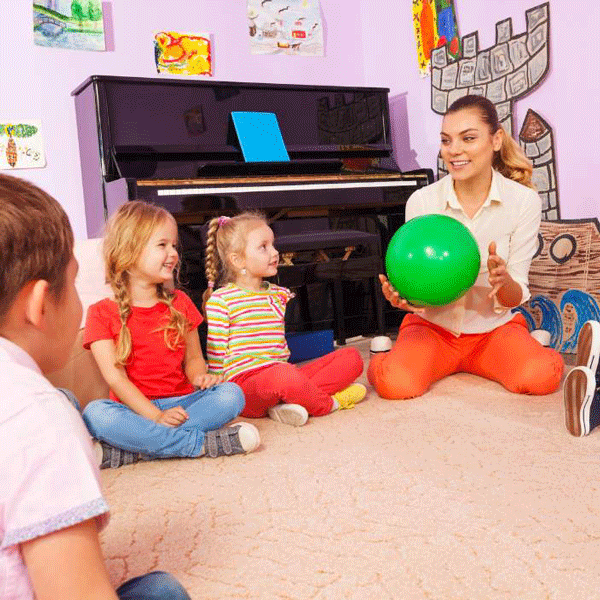
One of my favorite ways to do this is called Fishbowl. Have the students sit in a circle. Then you and a student sit inside the circle to model the desired behavior while the others watch. Next, ask the class, “What did you notice?” After that, invite two other students to model the procedure for the class. I intentionally try to involve a student who might have a hard time with making good choices.
4. Practice and reinforce: Give all students ample opportunities to practice the procedures. Provide feedback and reinforcement as needed, and praise students for following the procedures correctly.
5. Review and revisit: Regularly review and revisit the procedures with your students. This will help to reinforce their understanding and ensure that the procedures remain fresh in their minds. If things start to fall apart again, that is your signal to go back to step 3.
Maintaining Consistency and Enforcing Classroom Procedures
Maintaining consistency and enforcing classroom procedures is crucial for their effectiveness. Here are some strategies to help you maintain consistency and ensure that students follow the procedures consistently:
1. Be proactive: Anticipate potential disruptions or challenges that may arise and be proactive in addressing them. By addressing issues before they escalate, you can maintain a consistent and orderly classroom environment.
2. Set clear expectations: Clearly communicate your expectations to your students and consistently reinforce them. Remind students of the consequences for not following the procedures, and follow through with those consequences when necessary.
3. Be consistent: Consistency is key when it comes to enforcing classroom procedures. Be consistent in your approach to addressing behavior and consistently enforce the consequences for not following the procedures.
4. Have a consistent place for everything. It is be less confusing for students to find things AND easier for them to know where to return things. Labels are a must. I love these from Miss Kindergarten!

5. Celebrate success: Recognize and celebrate students who consistently follow the procedures. This positive reinforcement will encourage other students to do the same.
Monitoring and Adjusting Classroom Procedures as Needed
Monitoring and adjusting classroom procedures is an ongoing process. Here are some strategies to help you effectively monitor and adjust your procedures:
1. Observe and reflect: Regularly observe your students and reflect on the effectiveness of the procedures. Take note of any areas that may need adjustment or improvement.
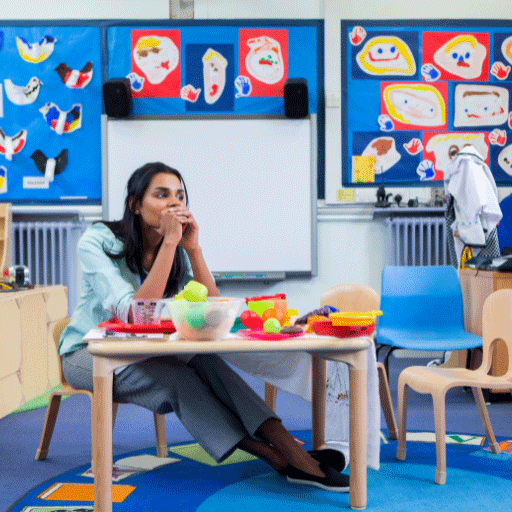
2. Seek student feedback: Ask your students for their input on the procedures. Encourage them to share their thoughts and suggestions for improvement.
3. Seek colleague feedback: Consult with your colleagues and seek their feedback on your procedures. They may offer valuable insights and suggestions based on their own experiences.
4. Make adjustments as needed: Based on your observations and feedback, make adjustments to the procedures as necessary. Be flexible and willing to adapt the procedures to better meet the needs of your students.
Examples of Effective Classroom Procedures
Here are some examples of effective classroom procedures that you can incorporate into your teaching practice:
1. Entering the classroom: Establish a routine for students to enter the classroom calmly and quietly. This could include procedures such as hanging up backpacks, taking out materials, and beginning a warm-up activity such as morning work.
2. Transitioning between activities: Develop procedures for smoothly transitioning between activities. This could involve using signals or cues to indicate when it is time to transition, or assigning specific roles to students to help facilitate the process. Using music as a transition signal is my favorite way to signal it’s time to clean up. The goal is to be cleaned up and in their seat before the song ends.

3. Participating in class discussions: Set expectations for student participation in class discussions. Teach procedures such as raising hands, waiting for their turn to speak, giving eye contact and actively listening to you and their peers. Yes, you likely will have to model how to have a conversation with another person.
4. Using classroom materials: Establish procedures for using and caring for classroom materials. This could include guidelines for borrowing and returning materials, as well as instructions for handling and organizing them. Consider a place where students can access supplies such as pencils, crayons, and paper.
5. Completing assignments: Outline procedures for completing assignments, including expectations for where to submit work. Also have a place to hold unfinished work. I like to use this pocket chart from Lakeshore. Both the students and I can easily see who needs more time.
6. Asking for help: Explain when and how to seek help when needed. Think beyond raising their hand. If you are working with a small group, have a sign up place. Another idea is a desk sign like these.
Conclusion: Transforming Your Teaching Experience Through Classroom Procedures
Implementing classroom procedures has the power to transform your teaching experience. By establishing clear expectations, routines, and guidelines, you can create a structured and calm learning environment that promotes effective learning. Classroom procedures provide the foundation for effective classroom management, fostering a positive and focused atmosphere for both teachers and students.
Through this journey from chaos to calm, you have learned about the importance of classroom procedures, the benefits they offer, and the common challenges teachers may face. You have discovered strategies for creating and teaching effective procedures, as well as tips for maintaining consistency and adjusting procedures as needed. Additionally, you have explored examples of effective classroom procedures and identified tools and resources to support you in your implementation.
Now armed with this knowledge, it is time to take action and implement classroom procedures in your own teaching practice. Embrace the transformative power of classroom procedures and unlock the secret to a more fulfilling and successful teaching experience. Say goodbye to chaos, and welcome the calm and focused learning environment you and your students deserve.
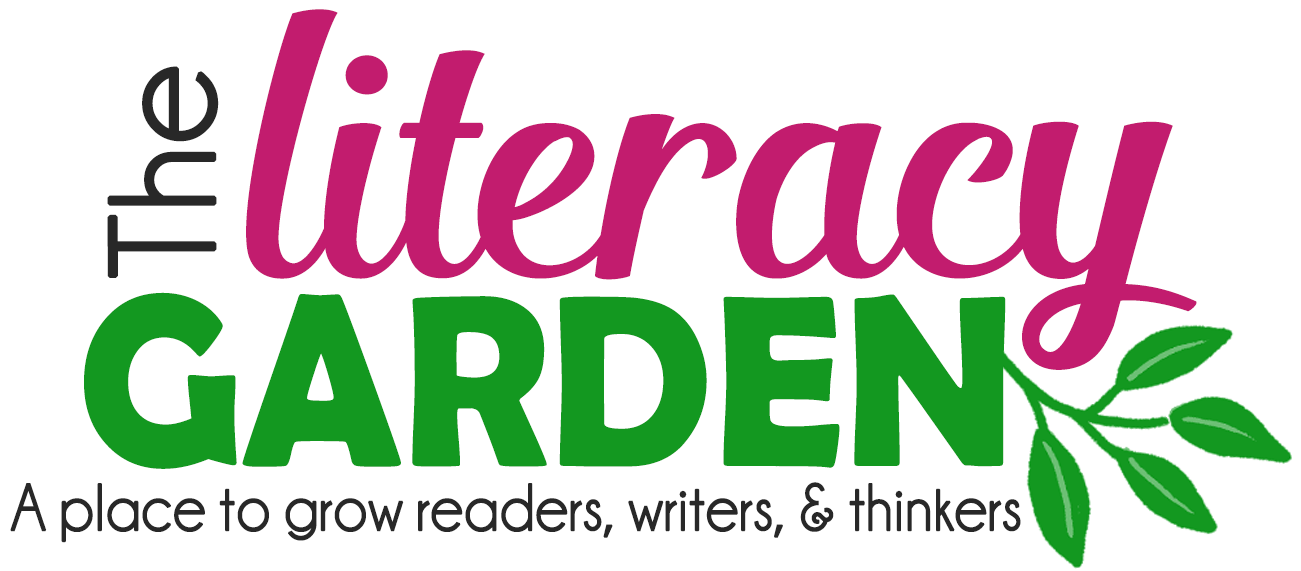


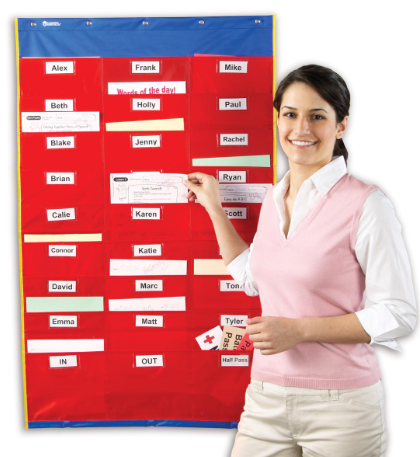
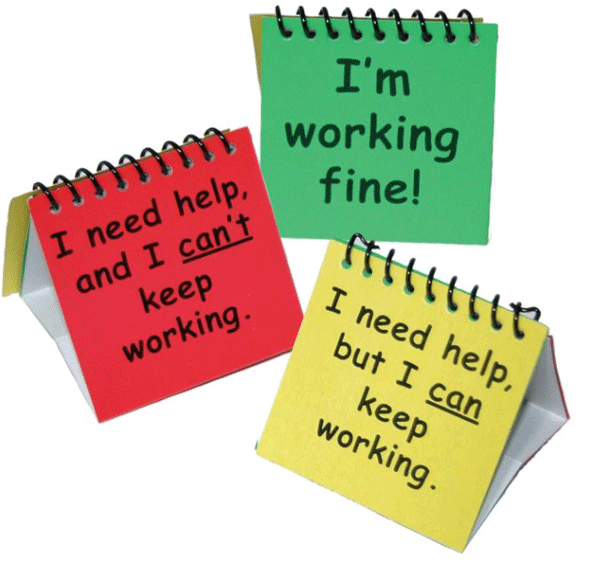

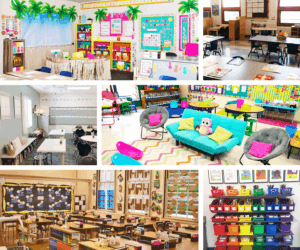
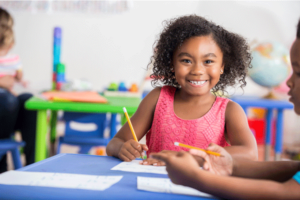


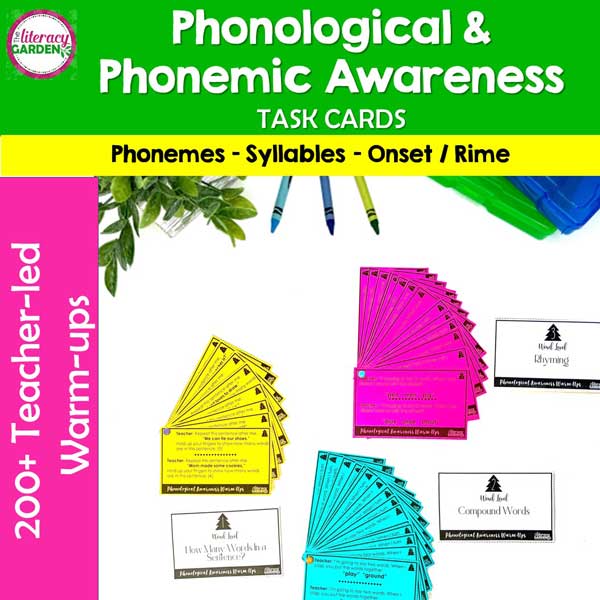


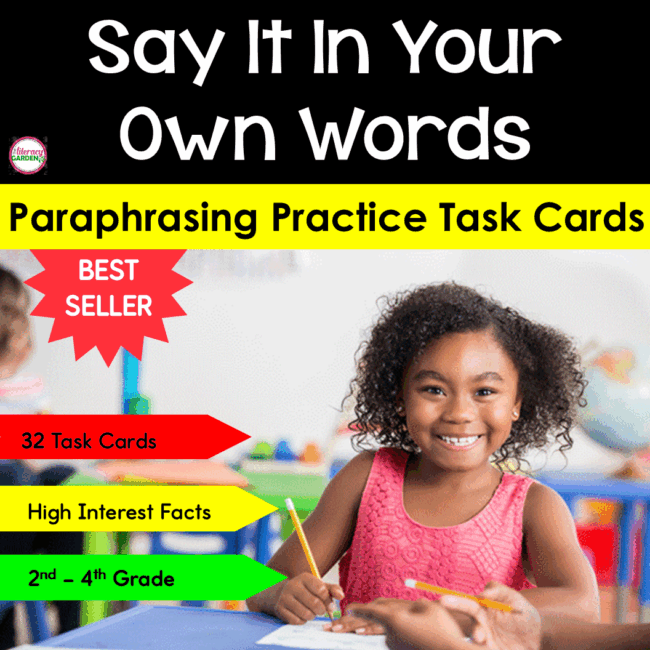




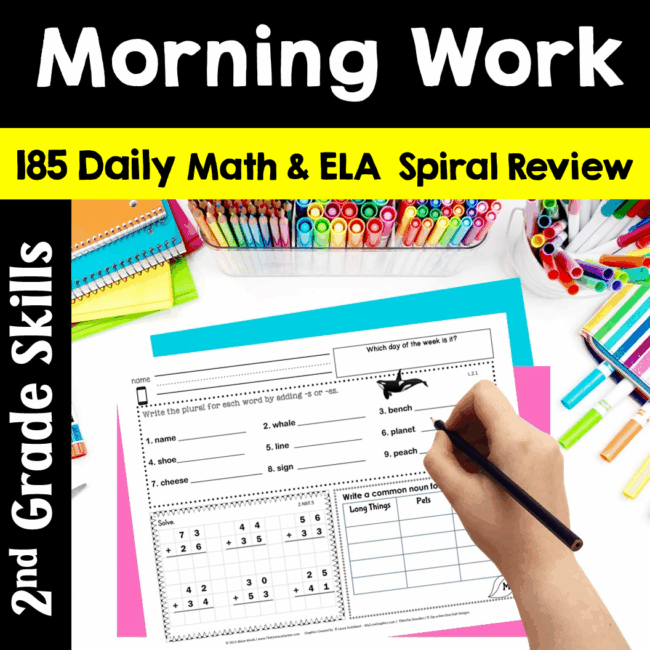


No Comments